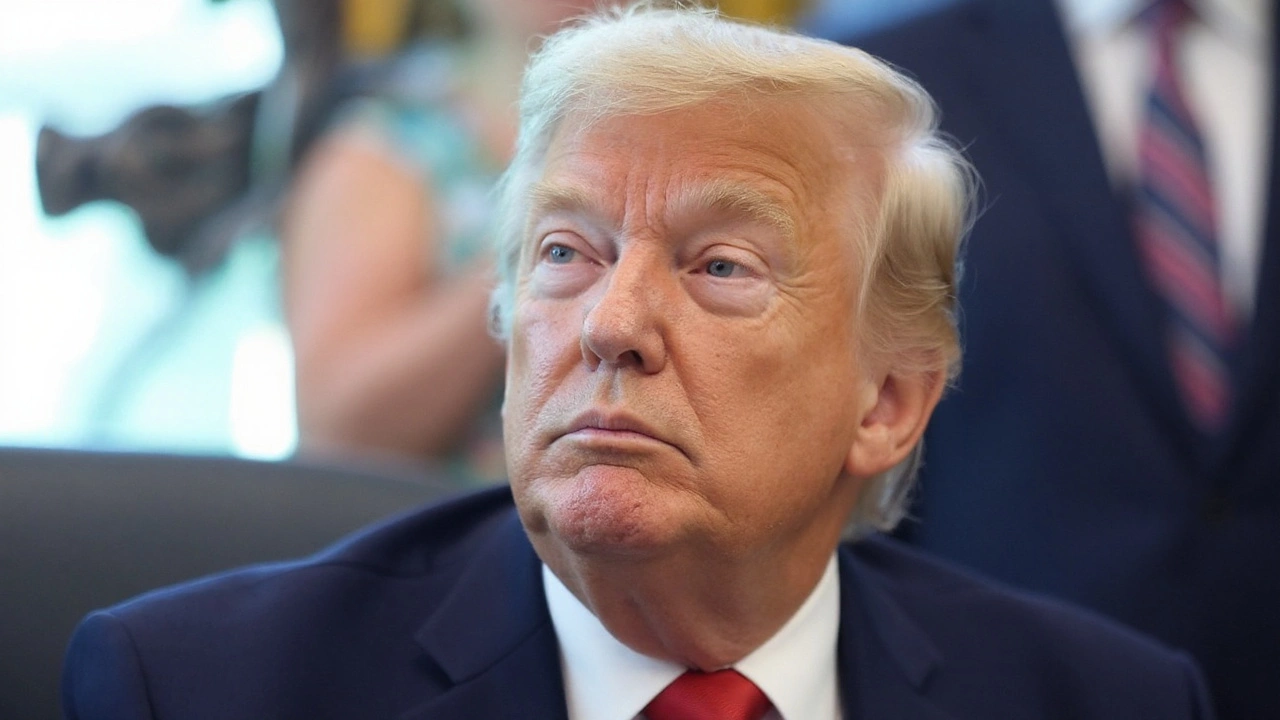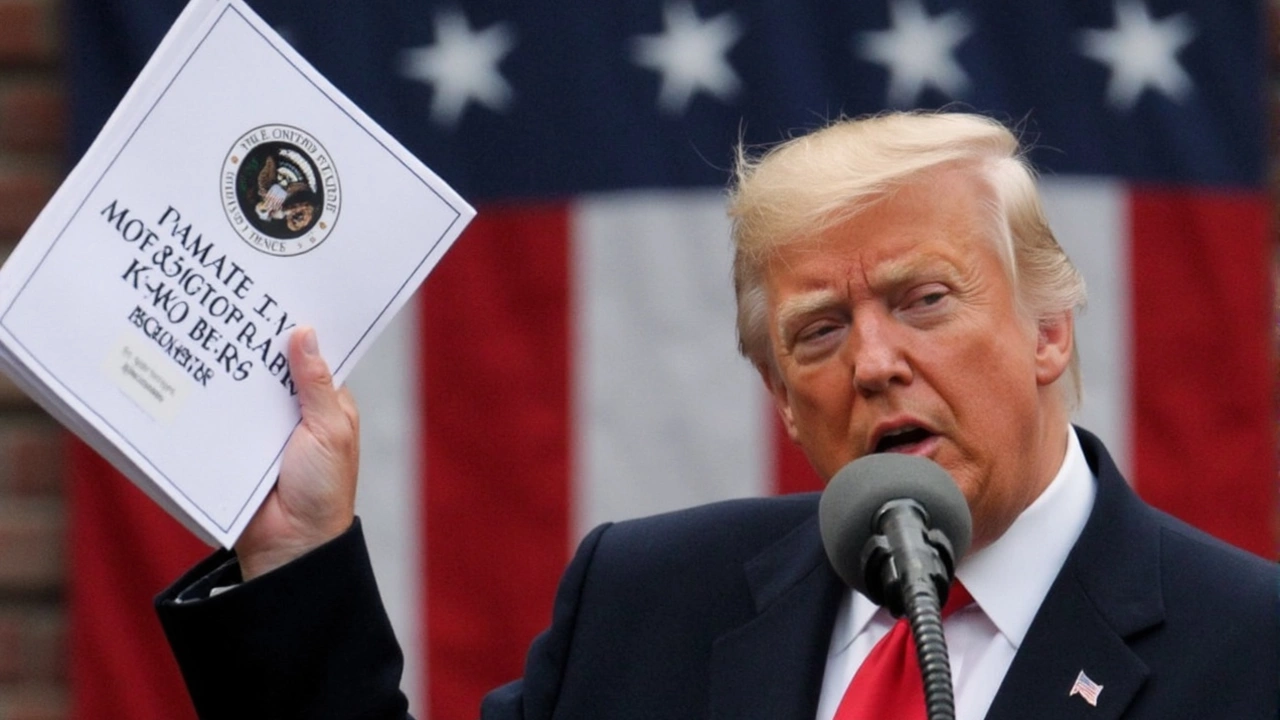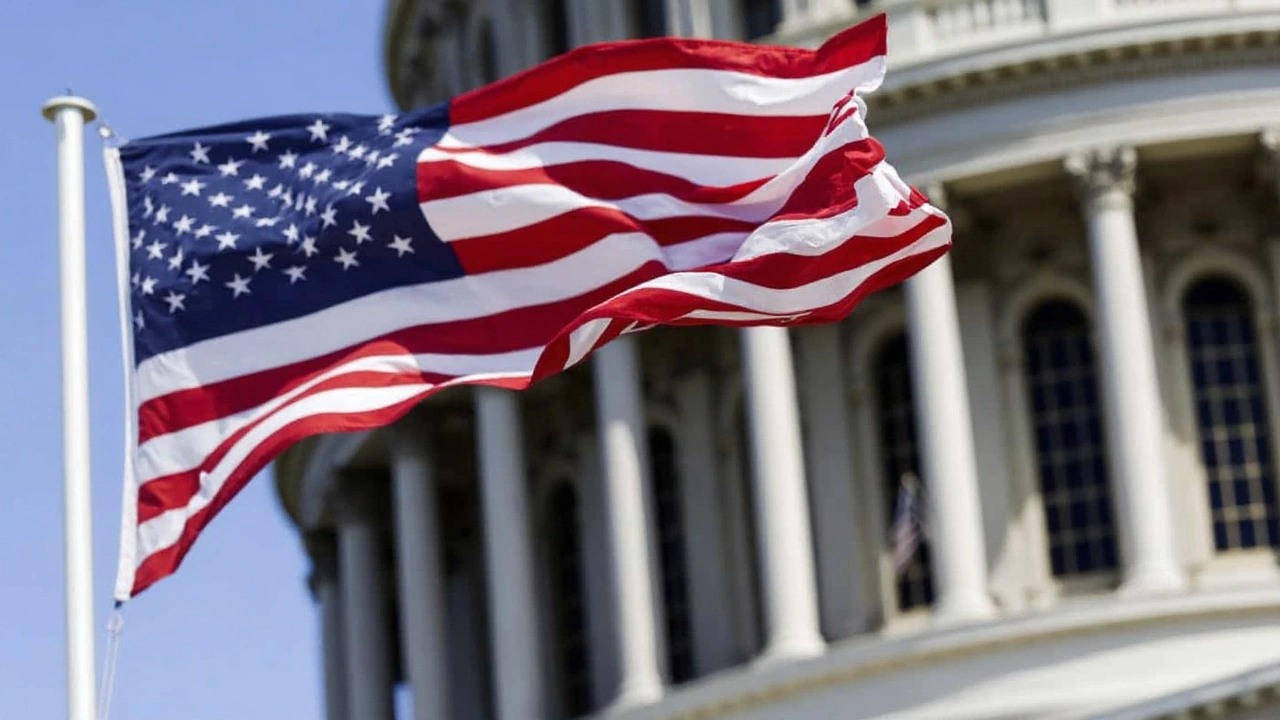Trump tariffs: what they are and why they matter
When you hear "Trump tariffs" you probably picture steel, aluminum or Chinese goods with extra fees. In reality, a tariff is just a tax on imported products. During Donald Trump’s presidency the U.S. ramped up these taxes to protect American jobs and push other countries to change trade rules.
Why the tariffs were introduced
Trump argued that many foreign manufacturers were dumping cheap items in the U.S. market, hurting factories and workers. To level the playing field, his administration slapped 25% duties on steel and 10% on aluminum in 2018. Similar taxes hit goods from China, like furniture, electronics and clothing. The goal was two‑fold: make U.S. products more competitive and force trade partners to negotiate better deals.
Another reason was national security. The administration claimed that relying on foreign steel could threaten defense projects, so higher duties were a safety measure. These moves sparked heated debates in Congress, among businesses and in the media.
How the tariffs affect everyday life
For most shoppers, the impact shows up as higher prices. A 25% duty on steel means car manufacturers pay more, which often translates to a pricier vehicle for you. Similarly, a tariff on Chinese toys can push a $20 plush bear to cost $22 or $23.
Farmers felt the squeeze too. When China retaliated with its own taxes on U.S. soybeans and corn, American growers saw their export markets shrink. The government responded with subsidies, but the back‑and‑forth created uncertainty that still lingers in some rural areas.
Businesses that rely on global supply chains had to rethink where to source parts. Some moved production to Mexico or other nearby countries to avoid the extra cost. Others accepted the higher price, betting that “Made in America” branding would attract customers willing to pay more.
Even if you don’t notice a direct price jump, the ripple effect can influence job opportunities. Industries that gain protection, like U.S. steel mills, may hire more workers, while sectors that lose export markets, like agriculture, could face layoffs.
Overall, Trump tariffs reshaped trade relationships. They prompted new negotiations, like the Phase One deal with China, where both sides agreed to cut some duties in exchange for Chinese purchases of U.S. goods. However, the policy also led to lawsuits at the World Trade Organization and strained alliances.
Looking ahead, the legacy of these tariffs remains. Future administrations can keep, modify, or roll them back, but the debate over protecting domestic jobs versus keeping prices low will continue. Understanding the basics helps you see why a news headline about a new tariff might matter to your next purchase.
So next time you hear "Trump tariffs," remember it’s more than a political slogan. It’s a tool that touches factories, farms, shoppers and the global economy—all in one simple tax on imported items.

A federal appeals court ruled 7–4 that most of former President Trump's global tariffs exceed his authority, but kept them in place while the government appeals. The decision disrupts trade talks and keeps prices elevated for now. The case turns on whether IEEPA lets a president impose sweeping tariffs without Congress. The administration is expected to take the fight to the Supreme Court.
Continue Reading

President Trump labels his widespread tariff policy as crucial 'medicine' for rectifying global trade imbalances, even as Asian markets react with significant drops. His stance has propelled over 50 countries, including key allies, to seek talks. While the administration remains firm on the tariffs, they're seen as a strategy to rebalance international commerce, though economic and diplomatic tensions grow.
Continue Reading

The FTSE 100 endured a steep 4.95% one-day decline after President Trump's unexpected tariff proclamations. Key players like Standard Chartered, HSBC, Shell, and BP saw significant losses. Surprisingly, defensive sectors including utilities and supermarkets gained, showing resilience. Amid escalating trade tensions, China issued its tariff response, while influential voices like Richard Branson criticized the U.S. strategy.
Continue Reading







